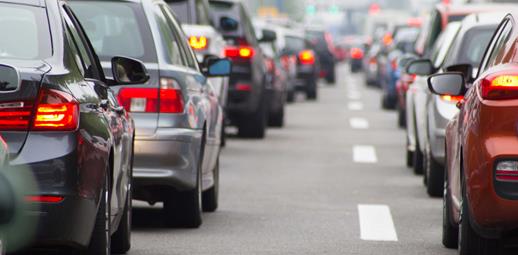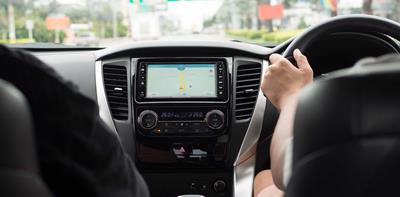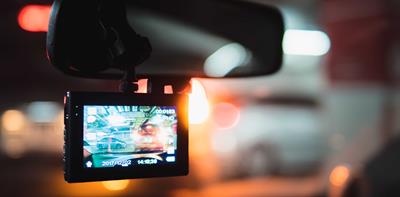
Waze is a driving navigation app that relies on people power to get you to your destination.
But how does it actually work and why is it different from other navigation apps?
Crowd-sourced navigation
Waze uses real-time, crowd-sourced information and data from its community of drivers to provide alerts about traffic, hazards and other useful information to users.
Unlike apps such as Google Maps or Apple Maps, Waze doesn’t provide navigation for those walking, cycling, or using public transport. Instead, its focus is entirely on helping drivers, particularly those who want to stay well clear of traffic jams.
Waze’s different approach to navigation and speedy updates have helped it acquire an almost cult-like status among some drivers who praise its accuracy.
Using it in your car
Waze, which was launched in 2008 and is now owned by Google, is free for both iPhone and Android users.
There are a couple of different ways of using the app to navigate. You can use it on your smartphone, attached to your car in a mount. Or, as Waze is compatible with both Android Auto and Apple CarPlay, you can use one of these to display Waze on your car’s in-built infotainment system, if you have one.
Waze can be controlled by voice commands, meaning that motorists can keep their hands on the wheel and minimise dangerous distractions while driving.
Community-based navigation
Waze collects data from users for every road driven while the app is open. Users can also actively report to the community on traffic, accidents, blocked roads, weather conditions, fuel prices and other driving information.
Bear in mind that you should never start fiddling with your phone while driving to report what you see; instead, you can use voice commands or ask a passenger to send a report - you could even get your kids to help, if they’re in the car.
All of this information is used to provide other users with the best route to their destination. So, the more people driving with Waze open on any given stretch of road, the better the navigation and the more accurate the traffic information.
Other features include the option to see other Wazers - as Waze users are known - on your display, as well as your Facebook friends (assuming they’re also using the app).
Waze rewards its users through a point-based ranking system. You earn points when you report issues on the road, or even for just driving with the app open. You then get a ranking, depending on your score, which can go from ‘Baby Wazer’ all the way up to ‘Waze Royalty’.
Is it right for you?
To use all of Waze’s features, you need a good, consistent mobile phone signal; if you regularly drive in areas where this isn’t the case, then the app may not give you reliable information. However, it does store your planned route offline, so you’ll still be able to navigate even when your connection is patchy.
Waze tends to show more notifications on the screen while you’re driving than other apps, which could be a distraction. However, you can use the settings to adjust what you want displayed on your map; for example, you might not be interested in knowing if there are other Waze users around. You’ll also have ads displayed on your screen while using Waze, which doesn’t happen if you use other apps like Google Maps.
Only you can decide which navigation app suits you best, but Waze remains a popular option, especially with commuters who are at pains to avoid traffic jams and to get every advantage they can to cut their commute time.


